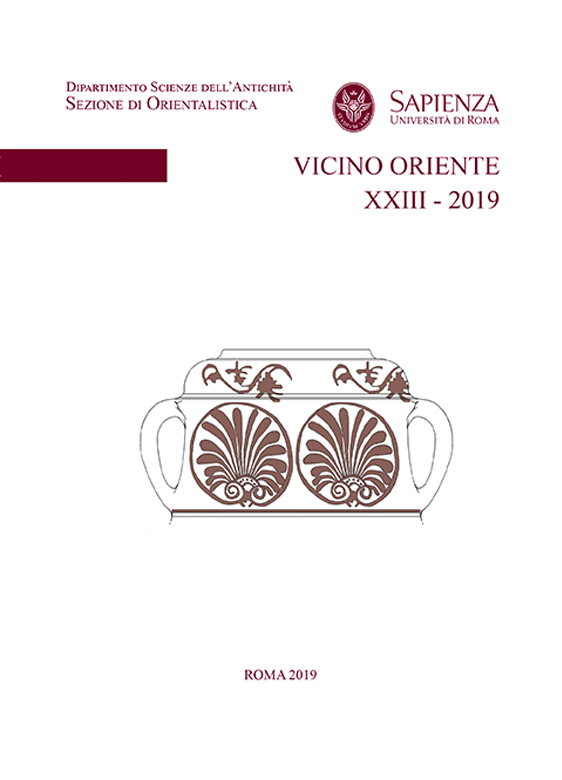Abstract
The most important functions of the accusative in Old Persian are consistent with those in other
ancient Indo-European languages: it marks the direct object of transitive verbs, and can express the
spatial notions of goal and path, as well as the temporal notion of duration. Besides these functions,
there are other, in some way ‘rare’ or ‘particular’ occurrences of the Old Persian accusative that
have not yet been explained, or not explained convincingly. This paper aims to investigate two
interesting uses of the accusative: the double accusative construction and the mām kāma
construction. The following conclusions are reached regarding the semantic roles and the functions
of the accusative case in the constructions under consideration: a) a higher degree of affectedness
may account for the use of the double accusative in ditransitives with some classes of verbs; b) the
mām kāma construction, in turn, is a construction with a modal function, and there are some
indications that in this instance the accusative could be a non-canonical subject.

Questo lavoro è fornito con la licenza Creative Commons Attribuzione - Non commerciale - Non opere derivate 4.0 Internazionale.
Copyright (c) 2023 VICINO ORIENTE

